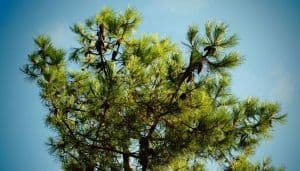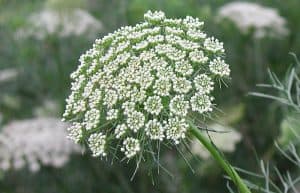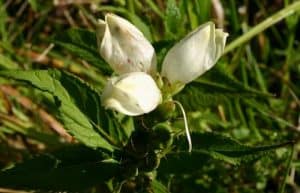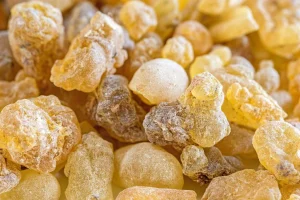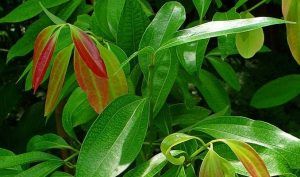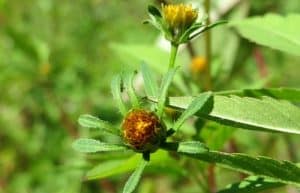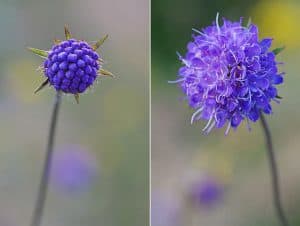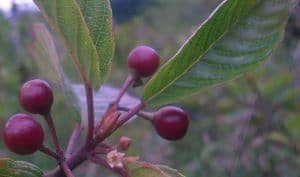Fitness enthusiasts and athletes are constantly exploring natural ways to enhance their physical performance and improve their recovery. Black Ginger and Tongkat Ali are two such options that have gained popularity for their health benefits which are backed by traditional use and modern scientific research. Introduction to Black Ginger and Tongkat Ali Black Ginger, scientifically known […]
Herbs - General
What is Maritime Pine Bark used for?
Recent studies indicate that maritime pine bark may be an effective herbal treatment for symptoms of illnesses such as diabetes, arthritis and viral diseases. Pycnogenol® is the patented trademark name for any group of flavonoids extracted from the bark of French maritime pine trees. Maritime pine bark extract is available in more than 600 dietary supplements, multi-vitamins, and […]
What is Khella used for?
The herb has been used traditionally for premenstrual syndrome (PMS) and menstrual cramps. It is also used to treat ailments associated with spasms and constriction of the gallbladder and bile duct and to ease the passing of kidney stones. Several studies have been done on khella as a natural treatment for vitiligo, a skin condition in which […]
What are the health benefits of Artichokes?
The artichoke leaves contain a number of phenolic acids, flavonoids (rutin, luteolin), cynarin and sesquiterpenes (especially caryophyllene and beta-selinene). It also contains tannins, sugar substances, inulin, mucus substances, phytosterols (taraxasterol), essential oil, provitamin A and several enzymes. The herb is used internally as a tea or in tablet or capsule form to treat liver and […]
What are the health benefits of Balmony?
Comprehensive information regarding the plant’s constituents is, as of yet, lacking, but it is known that the plant contains the bitter substances iridoid glucosides such as catalpol (soluble in both water and alcohol) and resins. A Good Herb for Digestion Balmony has a long history as a medicinal herb in North American folk medicine, but […]
What are the health benefits of Frankincense?
If you’re at all familiar with the Nativity story, then you’ve undoubtedly heard of the three wise men bringing gifts of frankincense and myrrh to the Christ child’s manger. But chances are, you’re not entirely sure what frankincense and myrrh even are. And you probably didn’t know that both are still around today, celebrated not only for […]
What are the health benefits of Cinnamon?
Cinnamon has been in use as a culinary spice and a medicinal herb, ever since the ancient times. It was used in cooking for its flavor and also to prevent food from going bad. Even today, the bark is a widely used cooking ingredient all over the world. It is used to add a hint […]
What are the health benefits of Trifid Bur Marigold?
Today, trifid bur marigold has few applications in herbal medicine, but the herb was once highly regarded, especially during the Middle Ages. Still, the herb has a number of valuable properties and was previously used to treat urinary tract infections, kidney and respiratory ailment The English botanist and astrologer Nicholas Culpeper (1616 – 1654) praised the […]
What are the benefits of Devil’s Bit Scabious?
Devil’s bit scabious contains tannins, saponins, glycosides, starch, caffeic acid and mineral salts. The plant was formerly known by the Latin name “scabiosa succisa” which refers to how the herb was used in the past to treat scabies (an itchy skin infection caused by mites). “Succisa” means bitten off or cut off and refers to […]
What are the health benefits of Cascara Sagrada?
Cascara Sagrada was used traditionally as an herbal laxative by various Native American Indian tribes. These tribes passed their knowledge of this medicinal herb then on to the Spanish explorers. The active constituents in cascara sagrada are hydroxyanthraquinone glycosides called cascarosides. These cascarosides have a cathartic effect by inducing muscular contraction called peristalsis in the […]
